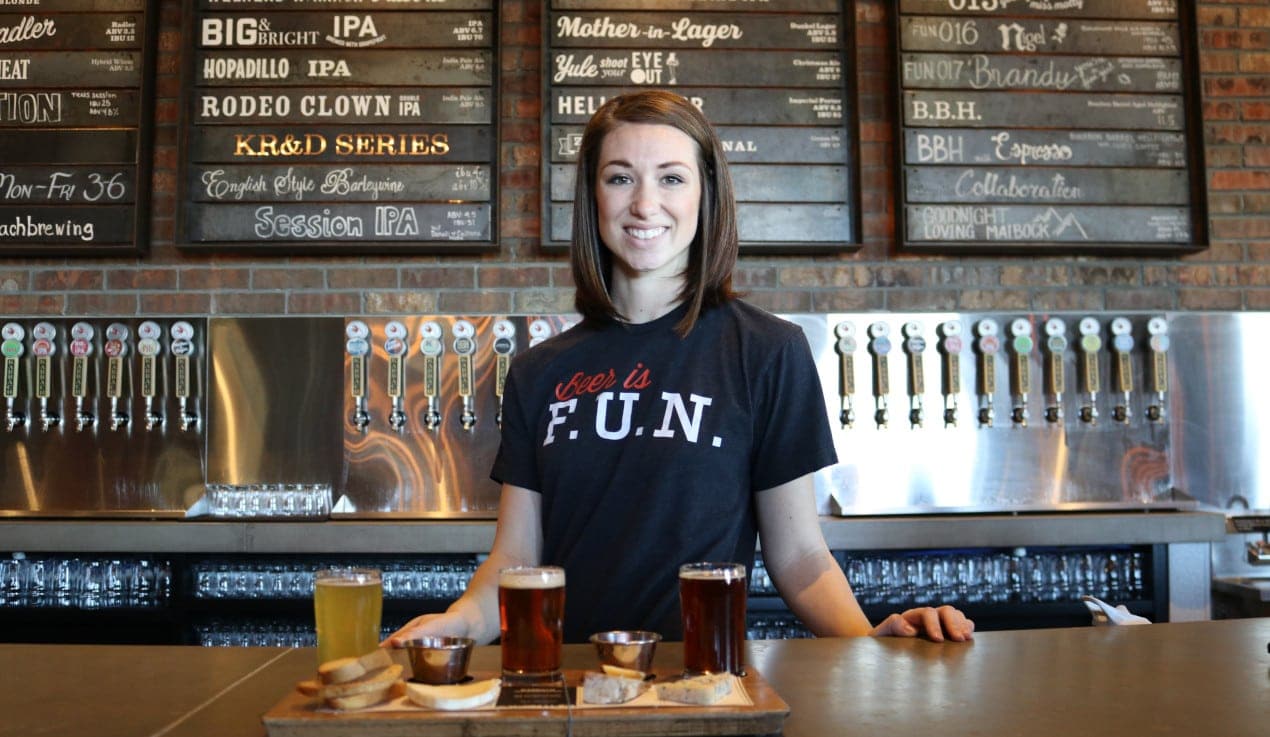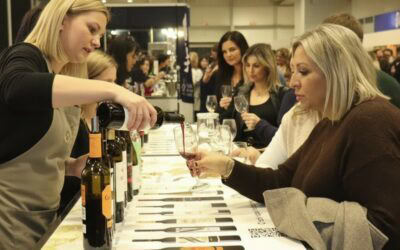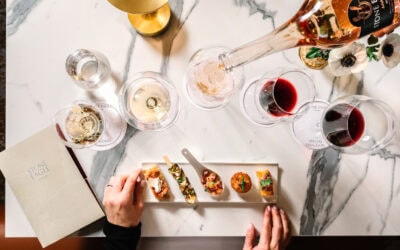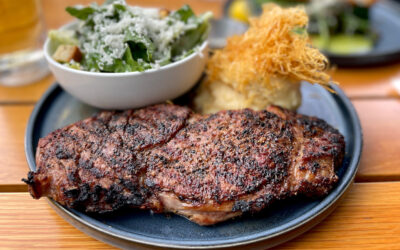Just saying the word “beer” conjures up horrendous images. It’s usually two distinct ones: the light lager swilling frat boy, chugging away for no other reason than to get smashed, or the pretentious beer snob sipping away at a pint glass of hop-soaked ale, gloating at the aforementioned frat boys and their drunken lager affair from afar.
Related: Meat lovers unite: Top 5 Toronto steakhouses
It’s true that the image of beer has evolved over time, especially in North America. New influences and opportunities for brewing have occurred over the last three decades.
A new brewery seems to open up every week across Canada and the United States. They offer sophisticated drinking environments, gourmet food, and, above all, some of the most experimental, refined, and flavourful beer ever imagined.
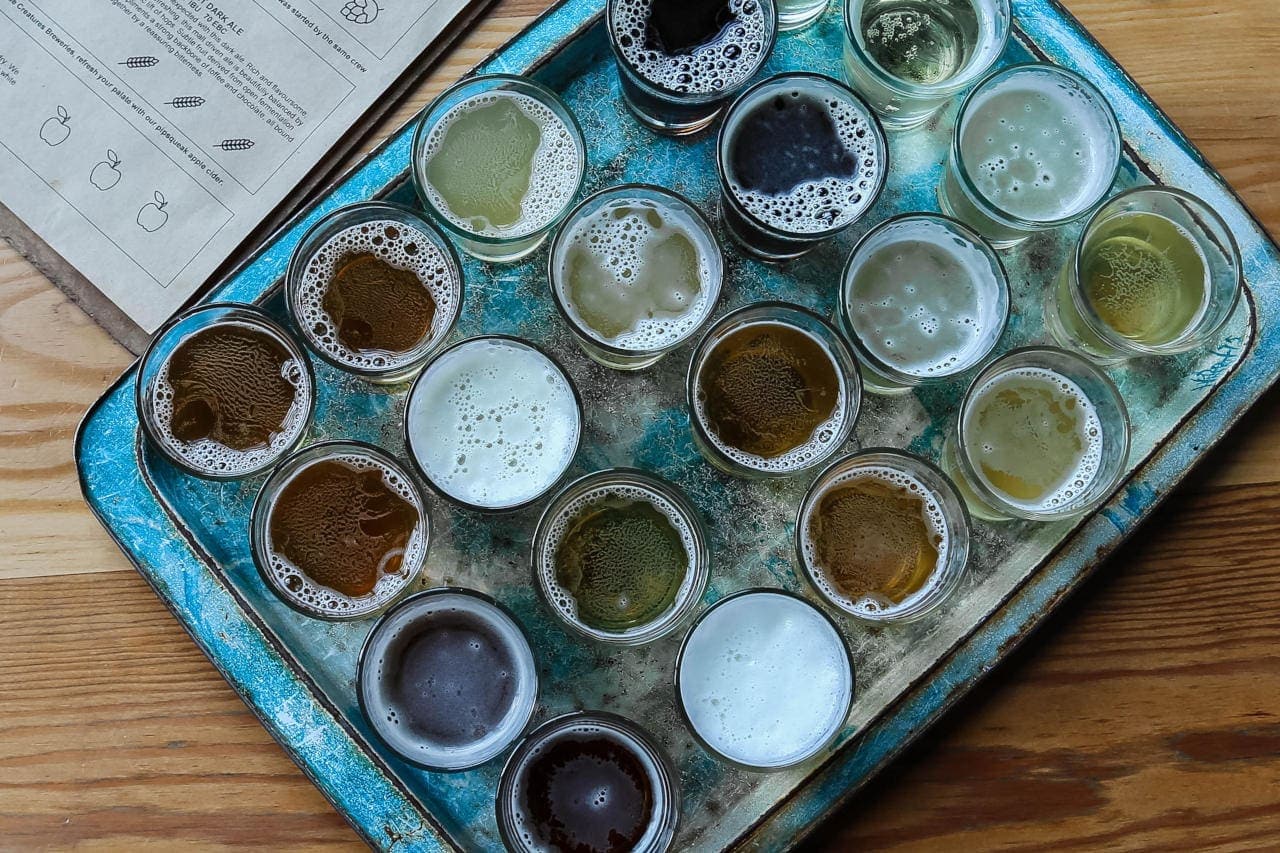
Plenty more choice for the sophisticated beer drinker
Yet the image of beer as being something more for the commoner and lacking the high-brow presentation of wine, Scotch whiskey, or even spirits like vodka, gin, or sambuca remains. Even the best poured pint of stout or porter is often seen as only strong refreshment and nothing more.
A starting point to expand your palate
Thankfully, even those perceptions are evolving. Finer, longer aged beer is the new vintage wine bottle being taken out to sample collectively at dinners. And special brew beers are being looked upon with the same regard as Scotch from a remote highland distillery. While naysayers may think that the growth of breweries is a hipster trend, connoisseurs know better.
The added good news is that the high-end market can be taken advantage of by anyone ready to expand their palate and with some extra money to spend. For newcomers to the movement, a strong starting point can be taken from the following list:
Barrel-aged beer
Breweries today are investing much time and effort to seek out brewing barrels used for other spirits such as bourbon or wine. That’s to carry out more different brewing techniques than an otherwise small or large batch brewing scale.
Barrel brewing and aging using previously used barrels, particularly wooden ones, adds flavours and even alcohol strength to beer. That cannot be achieved by adding typical brewing flavour additives, herbs, or spices.
These beers tend to be done on a smaller scale. They are sold for three times the regular price of regular beer prices. But their unique taste is designed to be enjoyed after dinner and with close attention to the infusions within it.
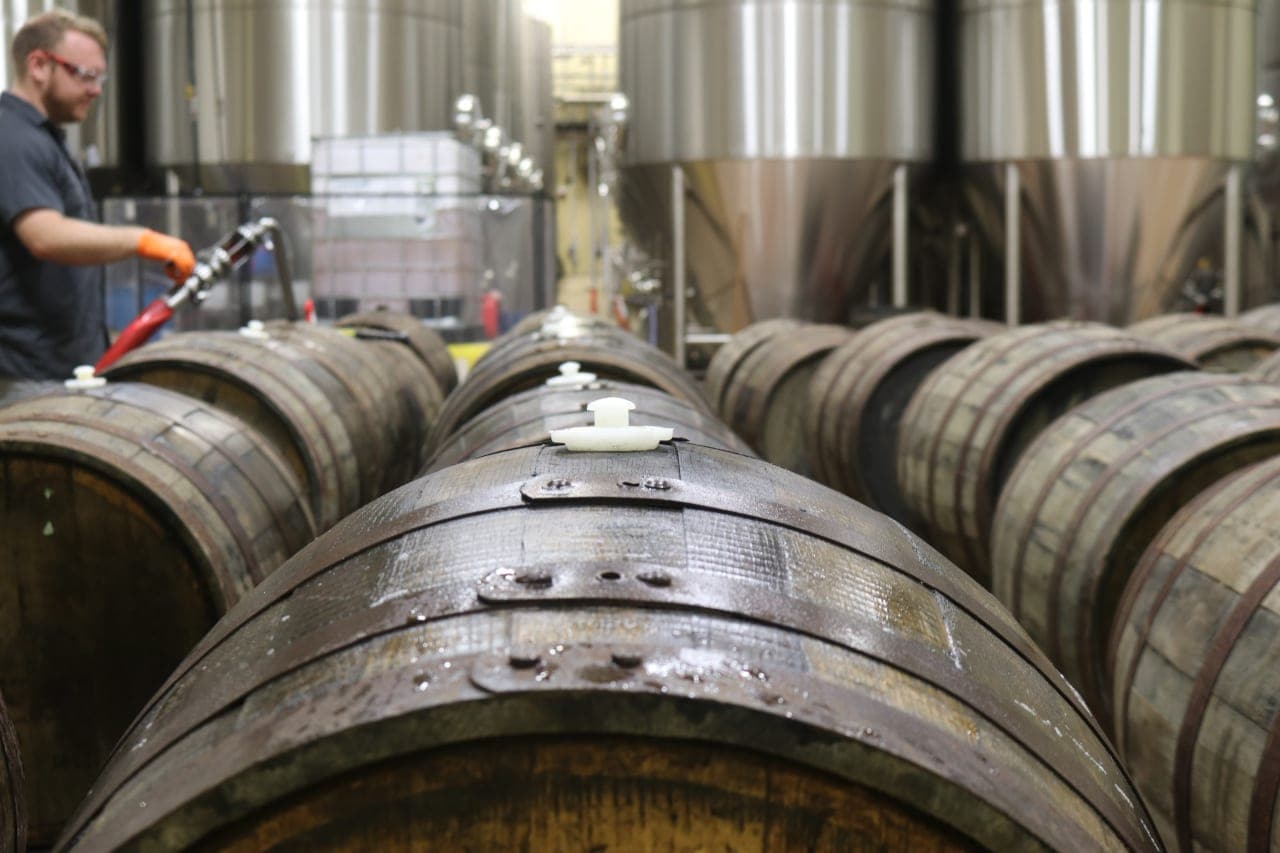
Limited edition beer
If drinkers are familiar with the history of India pale ale, they’ll know that it was a lost beer for decades. Since the commercialization of beer in the industrial revolution, the original India pale ale recipes from the colonial era of the British Empire fell by the wayside, only to be revived by historically savvy brewers. Much the same goes on with recipes of ale, pilsener, seasonal beers, and saisons.
Limited edition product is very all encompassing. But it often involves recipes taken from the past or experimental ones that brewers want to gamble on. They come with specific serving requirements, such as what glassware to use or temperature preferences. But the result is beer that one cannot get elsewhere and can only be enjoyed for a specific timeframe.
Imports
You may have been to your local beer or liquor store and have seen smaller bottles being sold for top prices. If you look closer, you’ll likely notice that they are pricier but with higher alcohol contents and with labels like ‘PRODUCT OF BELGIUM’.
The import market in Canada for beer is more limited than in Europe. But there are fine beers being brought in from the UK, Ireland, and the European continent regularly. While they carry a higher retail fee, they are beers that have been brewed traditionally for centuries.
Especially with the Belgian, German, or Czeck concoctions, the drinker can discover unique spice-and-fruit brewing practices. They can experience products that come from monasteries whereby the brewing originated from monks who have preserved their beer traditions through the ages.
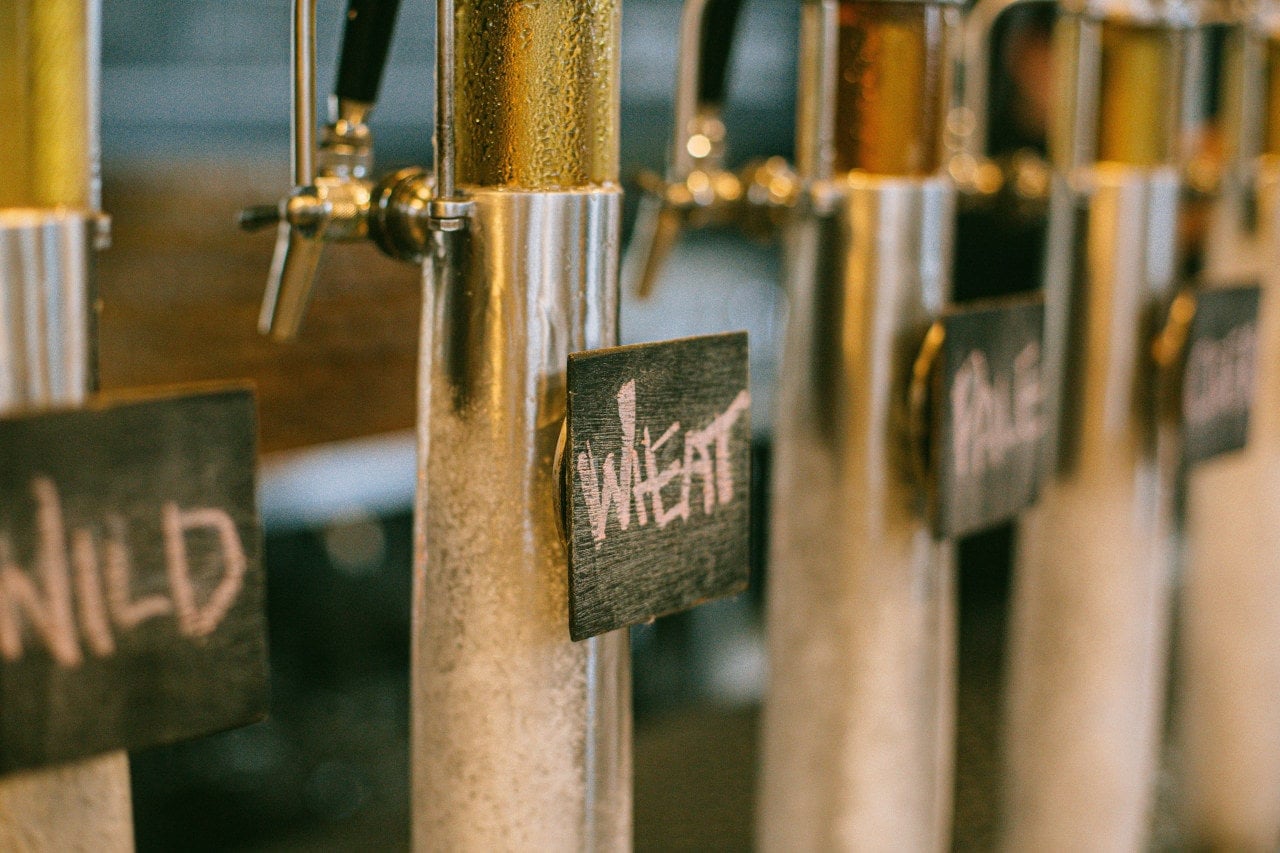
Photo by Daria Shevtsova from Pexels
Sours, experimental, and high alcohol content beer
Again, many regular beer drinkers think that current trends of sour pale ales and product with heavier alcohol content are trendy or made as an excuse to get inebriated fast. But don’t be dissuaded by pessimism. These beers have often originated from home brewing and have expanded the parameters to what brewing can be, especially in Canada.
Since every brewer wants to be unique, radically changing the flavour or adding more alcohol for potency can create beer never quite consumer before. Not only are you supporting something more locally produced, you might be discovering something that will rise in popularity. It may become a mainstay of beer consumption both here and abroad.
Conclusion
There are too many breweries to name in Canada or the U.S. to name if you’re beginning your luxury beer tasting journey. It’s often good to start at the local beer outlet or brewery retail centre and begin sampling one at a time. But for quick list to start, check out the following available in various parts of Canada:
- Henderson’s Rush Moving Pictures 40th Anniversary Ale [Canada, Ontario]
- Trou Du Diable’s Saison Du Tracteur [Canada, Quebec]
- North Brewing’s Twice the Wild Barrel-Aged Dubbel [Canada, Nova Scotia]
- Big Rock’s Scotch Barrel Aged Beer [Canada, Alberta]
- Dageraad’s Brune Abbey Dubbel [Canada, Nova Scotia]
- Church Key Brewing’s Northumberland Ale [Canada, Ontario]
- La Trappe Trippel [Belgium]
- Trappist Rochefort 8-10 [Belgium]
As the beer revolution moves along, there will be more to add to the list. It’s taken time, but brewing both in Canada and abroad has taken beer to the high end of the dinner table with pride and distinction.



